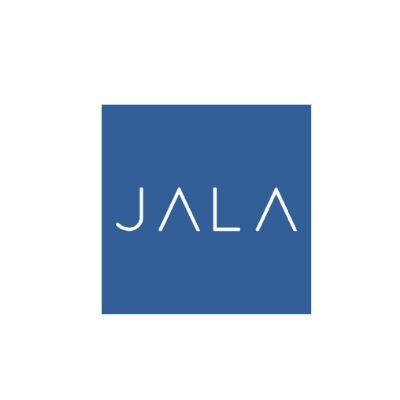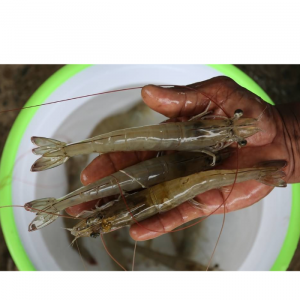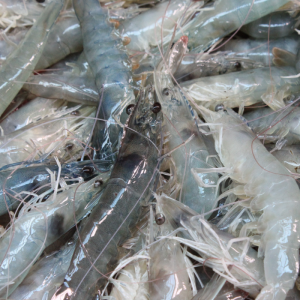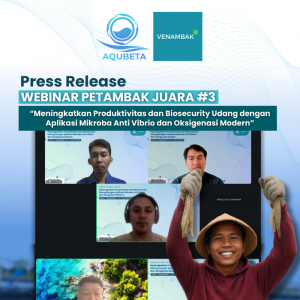
Get to Know BGA, the Group of Plankton that We Should Beware
| Mon, 22 Nov 2021 - 10:04
Phytoplankton is one of the factors that can give an impact on the success of cultivation. Phytoplankton has roles as natural food, oxygen supplier, and water quality depiction of the cultivation location. One of the most commonly found phytoplankton groups is blue-green algae (BGA).
BGA or Cyanobacteria is a group of algae that has the ability to do photosynthesis. The blue-green color of BGA is caused by the combination of chlorophyll which gives the green color and phycocyanin which gives the blue color. BGA reproduces by cell division or by spores. BGA has a wide scope of habitats because they can live in freshwater, brackish water, and saltwater. They can grow optimally at 25-35℃, pH of 7,5-9.
What Should We Beware of BGA?
BGA has a unique ability, which is buoyancy. This ability is supported by vesicles or air bubbles within cells that can be used to adjust buoyancy as a response to the environment, including adjusting the intensity of light. The ability also raises the potential to make BGA dominate the population of plankton in the pond, causing a population explosion (blooming algae).
Read more: Solutions to Control Blue-Green Algae in Grow-out Ponds
Several types of BGA plankton can even produce dangerous poison and damage the hepatopancreas system up to the meat if the shrimps eat and absorb it. The effect is that the shrimp would get sick easily.
The Blue-Green Algae Blooms are caused by the high organic materials in the waters. This increases N, P, and C contents as the main substance for its growth. Phosphorus (P) in the waters has the main role in the growth of blue-green algae. The high phosphorus and the low nitrates lead to increased growth. This happens because some BGA genus can utilize N2 which comes from the air. In general, the ratio of N and P in the waters dominated by blue-green algae is < 10:1.
How to handle the Blue-Green Algae Blooms?
The steps that can be done to overcome the Blue-Green Algae Blooms are :
1. Doing water quality observations routinely, because BGA has close relevancy with pH, temperature, and nutrient
2. Holding down the concentration of phosphorus (P) element has a big impact on the growth of shrimps, one of which is increasing the ratio N:P
3. Applying the biofloc technology, biofloc has a system that utilizes nitrogen in the cultivation pond by stimulating the growth of microbes which can transform nitrogenous waste into natural food for the shrimps
4. Reducing the light intensity in the pond by adding roofs or black netting fences above the pond
Read more: What Are Phytoplankton?
Like the plankton of the phytoplankton group, BGA has a role to increase the concentration of dissolved oxygen (DO) and give additional nutrients for vannamei shrimps as the natural food which has protein, iron, and mineral contents if vannamei shrimps consume this. The existence of blue-green algae is not always harmful to the sustainability of cultivation. As long as there are no blooming algae and the pond of cultivation has a high variety of phytoplankton, then BGA will not make the sustainability of cultivation in danger.
Source: JALA























